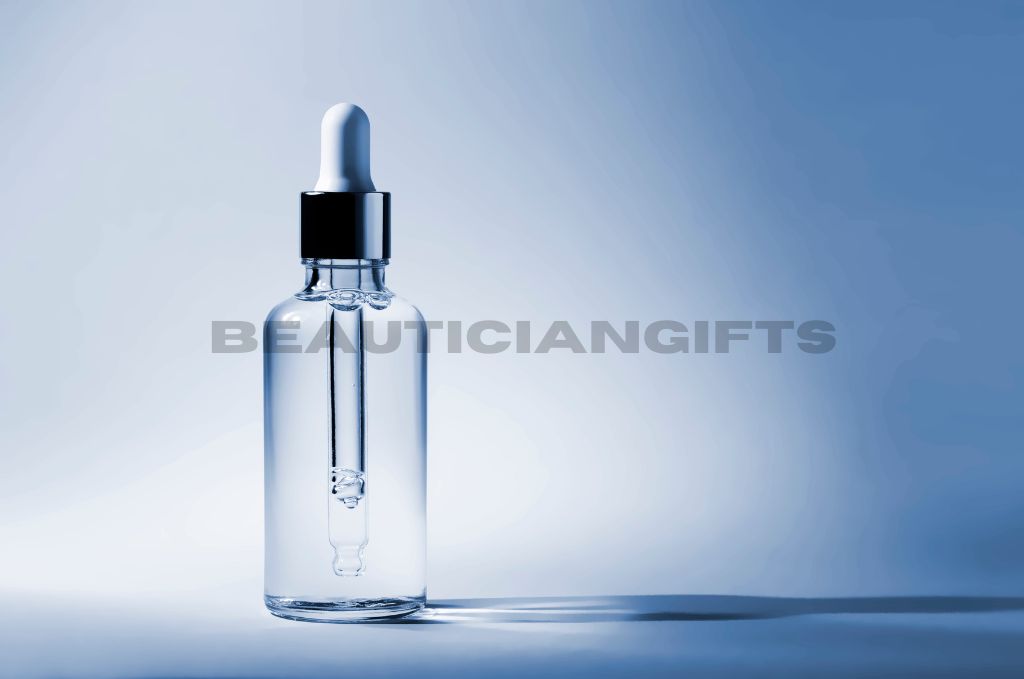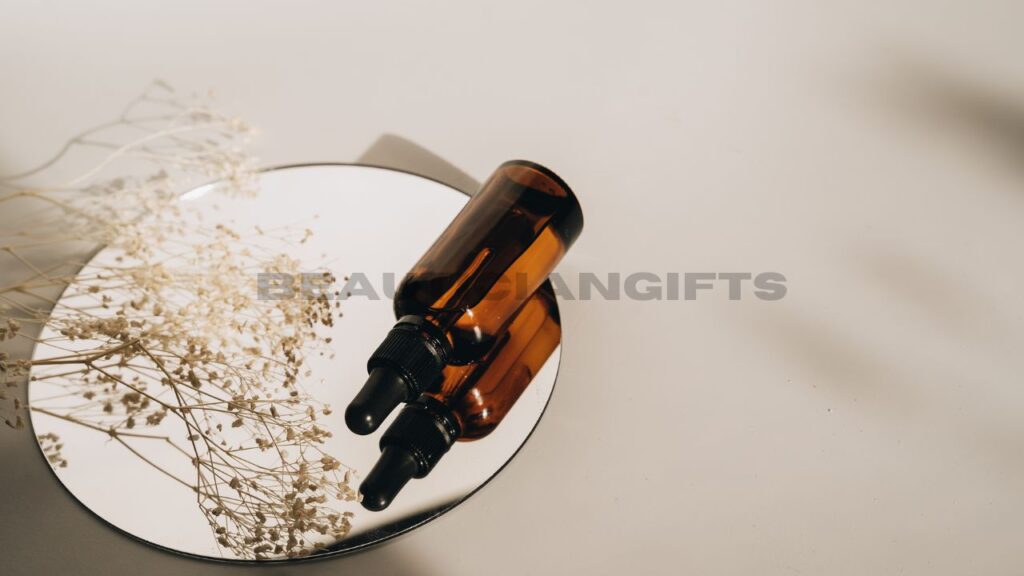If you are a novice at DIY and want to know how to make hydrating serum at home, then you are at the perfect place to learn.
A moisturizing serum may be what you need to give your skin a bright, hydrated, and shiny look. Hydrating serums are water-based, lightweight products intended to give your skin a high concentration of active ingredients. They may help to smooth out fine wrinkles, relieve dry patches, and leave your skin soft and supple.
Although several moisturizing serums are available on the market, making your own may be a fun and inexpensive way to benefit from this essential skincare. You may tailor the components to your specific skin conditions by making your serum at home. Also, you’ll have the peace of mind that comes with knowing precisely what you’re putting on your face.
In this article, we’ll walk you through the steps of making your moisturizing serum, from selecting the right ingredients to mixing and storing the final product.
How to make hydrating serum at home?

Hydrating serums are a fantastic addition to your skincare regimen for providing much-needed moisture to your skin, especially during dry weather conditions. You can use natural components that nourish and moisturize your skin to make a hydrating serum at home quickly.
Combine two teaspoons of aloe vera gel and one tablespoon of vegetable glycerin in a small dish. Aloe vera is a natural moisturizer rich in vitamins and minerals that heal and moisturize your skin. Vegetable glycerin is a natural moisturizer that draws and retains moisture in your skin.
Next, add a few drops of your favorite essential oils, such as rose, lavender, or chamomile, to the mixture. Essential oils are not only aromatic, but they also provide significant skin perks. Rose oil is anti-inflammatory and helps to soothe inflamed skin. Chamomile oil contains anti-inflammatory characteristics that minimize redness and irritation, while lavender oil is a natural antibacterial that calms and nourishes your skin.
After mixing all the ingredients, pour the liquid into a tiny dropper vial and keep it in a cold, dry area. After cleaning and toning your skin, put a few drops of the serum on your face. Massage the serum into your skin lightly and let it penetrate before putting your moisturizer.
Check this out: Does Vitamin C Serum Cause Pimples?
Are homemade hydrating serums effective?

Homemade moisturizing serums are excellent if they are produced with high-quality, healthy ingredients that have been shown to hydrate and nourish your skin. Aloe vera, Hyaluronic Acid, Glycerin, and different oils such as jojoba or rosehip are prominent ingredients in Homemade moisturizing serums. These compounds have anti-inflammatory, moisturizing, and calming properties.
You must remember that not all DIY moisturizing serums are created equal. The quality and concentration of the chemicals used and the formulation itself determine the efficiency of a DIY serum. The quality and concentration of the chemicals used and the formulation itself determine the efficiency of a DIY serum. Without proper understanding and expertise in this field, you will end up making a serum that does not adequately permeate into your skin or treat your targeted skin conditions.
Additionally, since homemade serums do not include preservatives, they have a shorter lifespan and are more prone to contamination. It might cause inflammation or infection of the skin.
Related content: How To Make vitamin C Serum From An Orange Peel?
What ingredients do I need to make a hydrating serum at home?
You will need a few key ingredients that may nurture and moisturize your skin to prepare a moisturizing serum at home. Hyaluronic acid is an excellent component to incorporate into your skincare regimen, since it helps your skin retain moisture and appear full and young. You can also use carrier oils, such as jojoba or argan oil, to enhance hydration. It will assist the serum in penetrating deeply into your skin.
Aloe vera gel has moisturizing and healing qualities that will help minimize inflammation and redness, another excellent ingredient to consider. Natural extracts like green tea or chamomile may deliver antioxidants and shield your skin from external factors.
Blend your favorite ingredients in a tiny glass container or dropper to make your serum. Shake thoroughly before each usage to ensure that the contents are well-mixed. After cleaning and toning, apply a few serum droplets to your face and neck and gently massage them to your skin with circular motions. Your skin will feel more moisturized, plump, and shiny with daily usage.
Recommended reading: Which Serums Can Be Used Together?
How to create a hydrating serum for dry skin at home?
You’ll need a few essential ingredients with moisturizing powers to make a hydrating serum for dry skin at home.
Hyaluronic acid is one of the most significant ingredients for hydrating dry skin. It can hold up to 1000 times the water than its weight. You can buy Hyaluronic Acid serum or powder from any cosmetic store or an online retailer. Mix 1-2% Hyaluronic Acid powder and distilled water until completely dissolved, then add a few drops of your favorite essential oil for aroma.
Aloe vera gel has inherent therapeutic and hydrating characteristics and is another fantastic component for dry skin. Mix a few tablespoons of aloe vera gel, a teaspoon of vitamin E oil, and a few drops of rosehip oil to make a nourishing serum for dry skin.
Lastly, add a few drops of glycerin to these DIY serums for further moisture. Glycerin is a humectant that draws and retains moisture in your skin.
To seal in moisture, wash your face first and apply your moisturizing serum to slightly wet skin. You can use this serum twice daily to keep your skin moist and healthy.
Frequently Asked Questions (FAQs)
How Do I Make A Basic Hydrating Serum?
You can easily make a basic hydrating serum by mixing a few drops of vegetable glycerin and vitamin E oil with distilled water or rose water. You can also add aloe vera gel or Hyaluronic Acid for additional hydration.
How Do I Customize My Hydrating Serum To Suit My Skin Type?
Add some tea tree oil or witch hazel extract to your serum if you have oily or acne-prone skin. For dry or mature skin, add more hydrating ingredients, such as jojoba or rosehip oil. If you have sensitive skin, test any new ingredients on a small patch before applying it to your face.
How Should I Store My Homemade Hydrating Serum?
You should store homemade serums in a dark and cool place, away from direct sunlight. You can use a dark glass dropper bottle to protect the ingredients from light and air.
How Long Will My Homemade Hydrating Serum Last?
The shelf life of your serum depends on the ingredients you use, but most homemade serums last 2–3 months if you store them properly. Be sure to discard any serum that changes color, smells strange, or irritates your skin.
The Bottom line
Now that you have learned how to make a hydrating serum at home let’s summarize this guide. Making a hydrating serum at home is an easy and inexpensive approach to moisturizing and nourishing your skin. With natural materials such as aloe vera gel, vegetable glycerin, and essential oils, you can make a serum that nurtures your skin, leaving it smooth, supple, and shining.
DIY moisturizing serums may be useful if produced with high-quality ingredients and the correct skincare formulae understanding. But, before putting the serum on your skin, do a patch test to ensure it is safe.